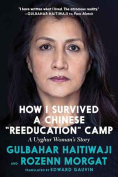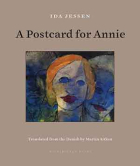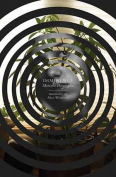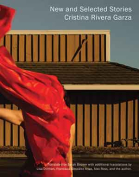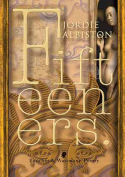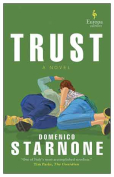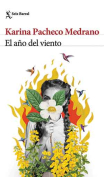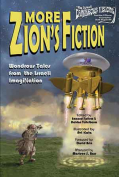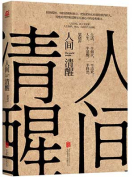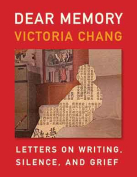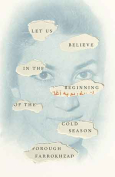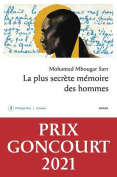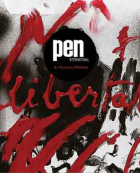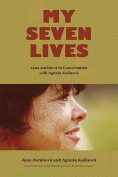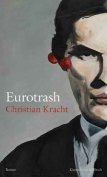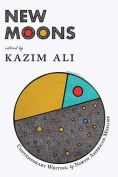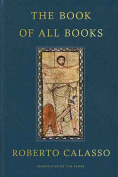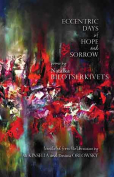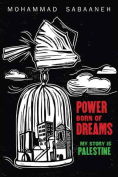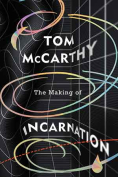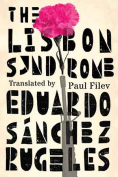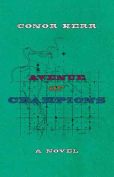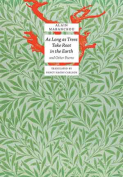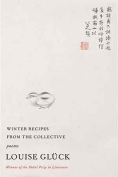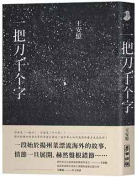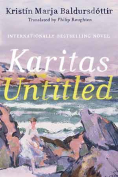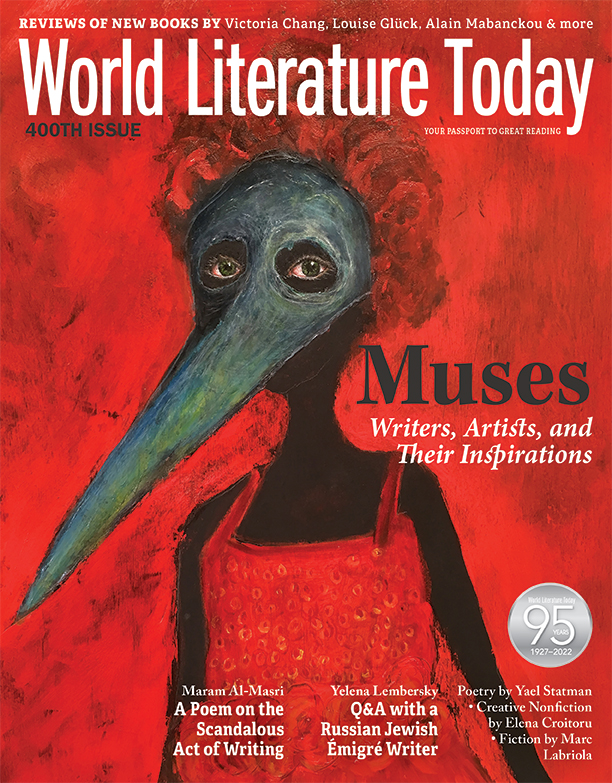Avenue of Champions by Conor Kerr
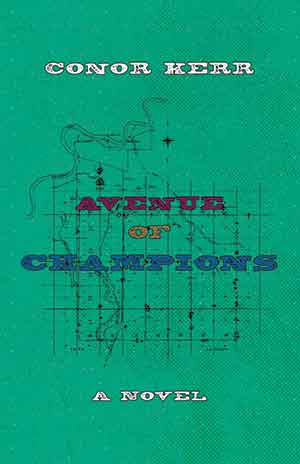 Gibsons, British Columbia. Nightwood Editions. 2021. 224 pages.
Gibsons, British Columbia. Nightwood Editions. 2021. 224 pages.
EDMONTON HAD ANOTHER name for 118 Avenue, forgotten when the Albertan city shifted to a grid system; others call it the Avenue of Champions. Conor Kerr’s debut novel invites readers to reflect on rewritten history, via now-grown characters’ experiences, memories, and ancestral pasts.
The author’s ancestors include members of the Red River Métis settlement, the Papaschase Cree Nation, and Ukrainian settlers; Avenue of Champions presents varied perspectives also. One young woman lives blocks from the historic Papaschase Reservation, and her grandmother fled to the bush after late nineteenth-century colonial powers gutted the Papaschase: the novel spirals around their kinship network. Gaps and silences hold trauma, transformation, and resilience: “My mother told me he died from heartbreak from being forced off the land he had loved. Uncle Jim told me it was TB. Either way, Granny never talked about her husband.”
The cityscape is their landscape: “a bridge that always smelled like backed-up sewer,” “dingy-ass walk-up apartments,” and a “hole in the fence that some boys cut out to make a shortcut for their bottle depot runs.” Some residents are “old-school Avenue . . . local hood,” and others inhabit a “chemical void of unpredictability.” That “wood-burning stove” with an “iron pot of tea” filled “with spruce needles and dried wild mint” is only a memory.
The neighborhood is simultaneously overpoliced and lawless: “At some point we can hear sirens but those could be the sirens for a million different things around here.” Liminal spaces represent chaos and possibilities. One Indigenous character who tours the university is arrested, his presence seemingly inexplicable. But, later: “An English prof told me once that Thomas King wrote about stories and how it’s all turtles all the way down. Well [Avenue of Champions] is slumlords . . . all the way down.”
Kerr adopts Cherokee-Greek storyteller Thomas King’s dedication to characterization. His linked characters reflect a holistic worldview, as with Turtle Mountain Chippewa author Louise Erdrich’s novels. Imagined interconnections populate Dogrib Tlicho writer Richard Van Camp’s fiction and Dawn Dumont’s fiction about Okanese Cree/Nehewin life too. In Five Little Indians, Michelle Good, a Red Pheasant Cree Nation author, presents polyphonic experiences of the legacy of colonialism. In Probably Ruby, Métis and nêhiyaw writer Lisa Bird-Wilson situates her narrator in a weblike network too.
Some of these novelists, like Kerr, are also poets. They polish their prose, distill experience, and require readers to invest in the process, offering substantial rewards to the patient and curious.
Marcie McCauley
Toronto
When you buy a book using our Bookshop Affiliate link, WLT receives a commission. Thank you for your support!
